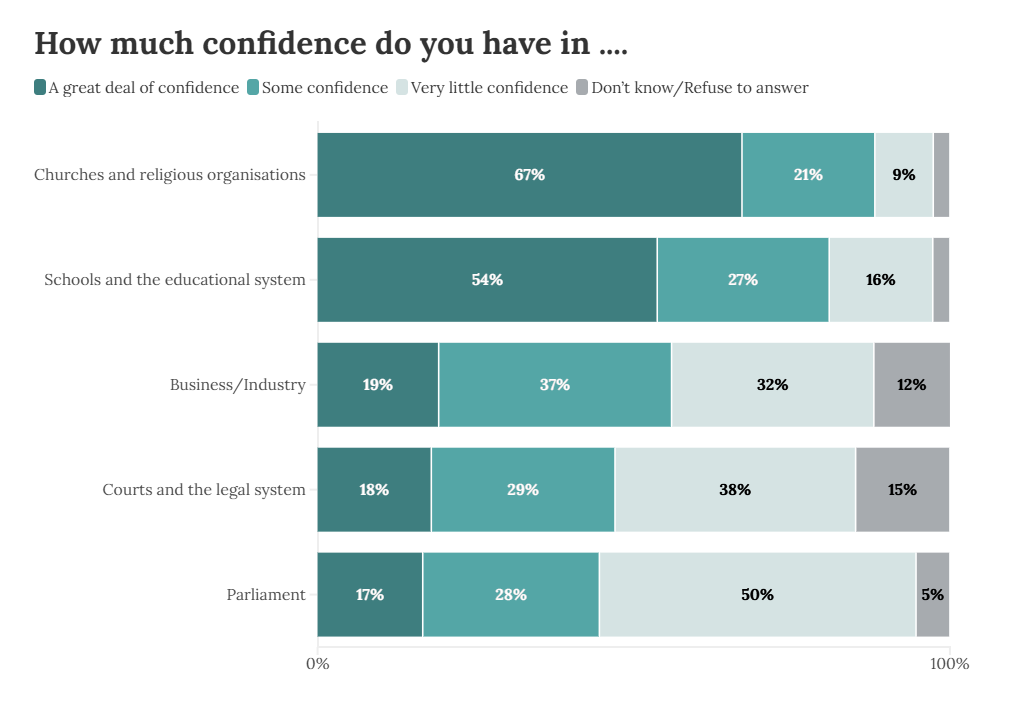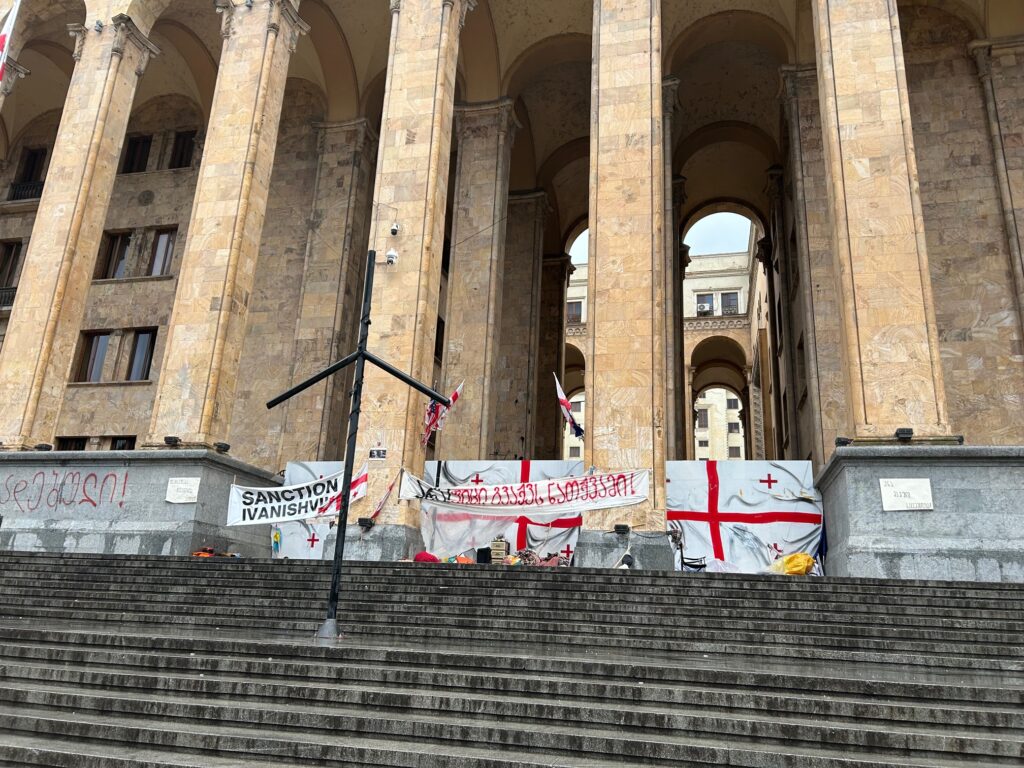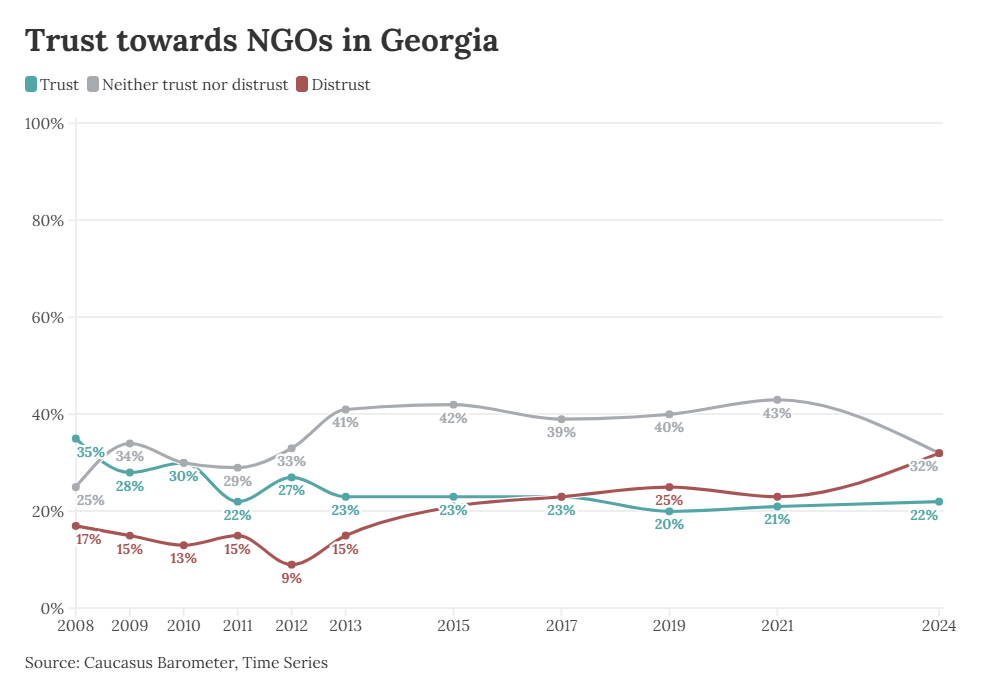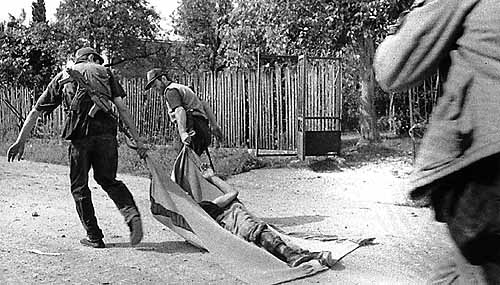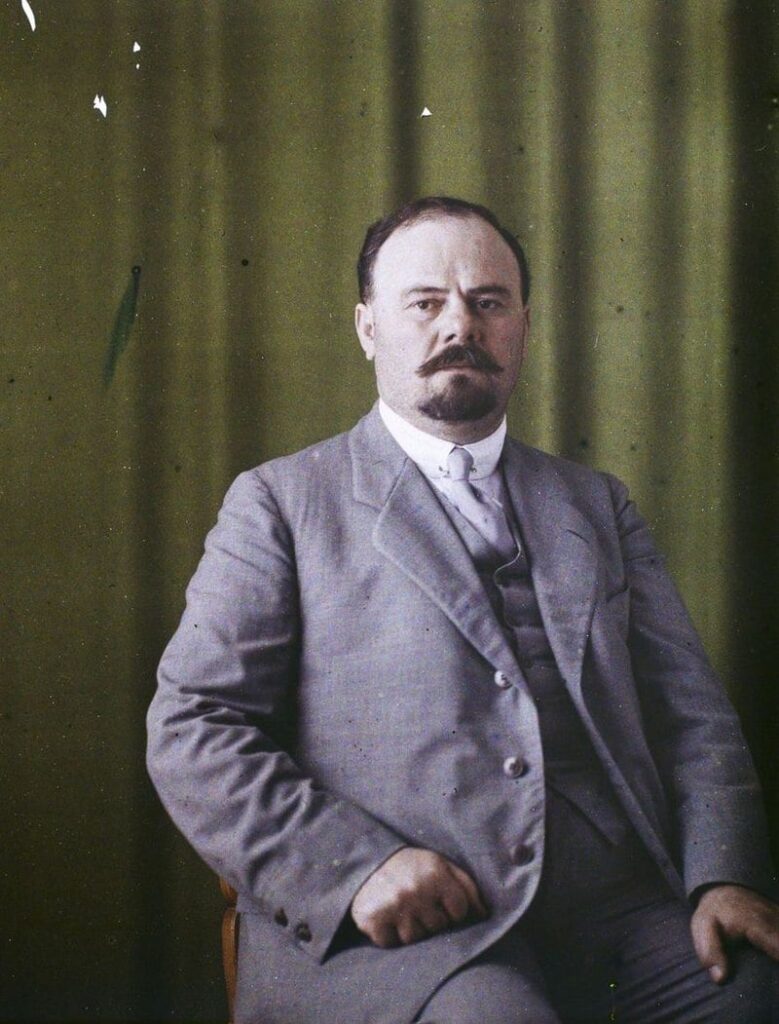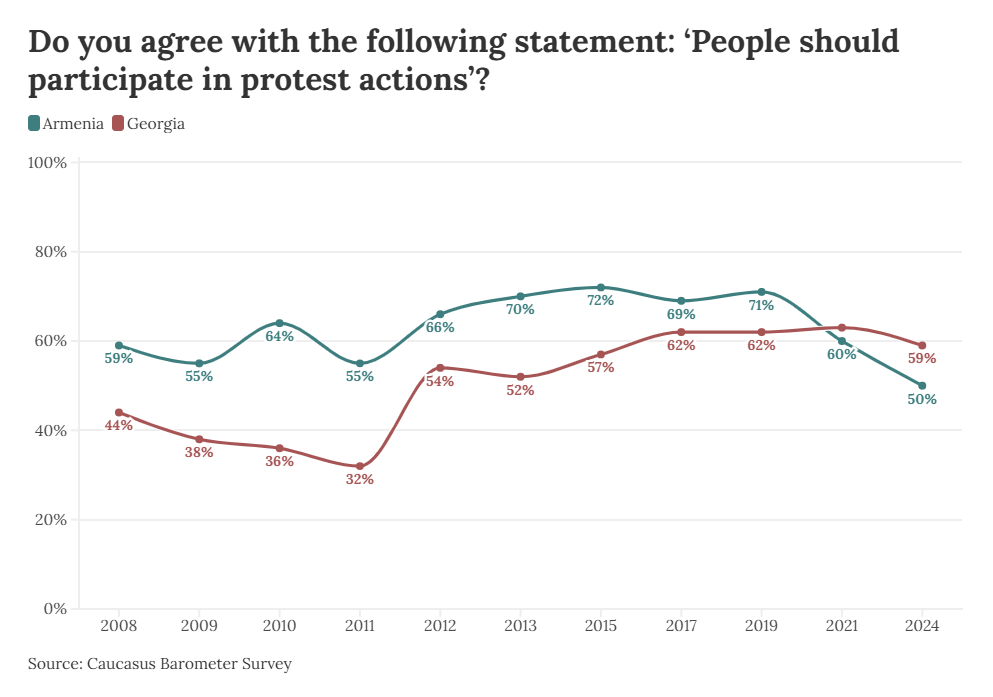The share of the public with loans from formal financial institutions doubled from 2011 to 2016 according to World Bank Group’s analysis based on Integrated Household Survey in Georgia. The July 2019 CRRC/NDI survey data suggests that about half of the population has a loan. To address perceived over-indebtedness, on 1 January, 2019 the National Bank of Georgia introduced new regulations, restricting lending without more extensive analysis of a consumer’s solvency. The analysis includes looking at an individual’s income, expenses and total obligations, and determination of debtors’ capacity to service their loans without significant financial difficulties.
But, what does the public think about the new regulations?
Almost half of the population approves of the new regulations, a third disapproves, and the remainder are uncertain or did not respond to the question. Considering that the Georgian Dream introduced the regulation it is unsurprising that Georgian Dream supporters have a more favorable view of the legislation than people who identify with the United National Movement (UNM). People who identify with liberal parties or support no party at all are less likely to approve of the new regulations compared to GD supporters. Apart from party support there are no significant differences between different social and demographic groups. Nor is there any significant difference in approval between people who have and do not have loans.
Although every second person in Georgia has a loan, the data suggests that having a loan is not associated with approval of the new regulations. However, support for different parties is. Those who identify with UNM, liberal parties or no party are less likely to approve the regulations compared to ruling party’s supporters.
Note: This blog post is based on a binary logistic regression analysis. The analysis includes having a loan or not, age group, settlement type, education level, party support, and employment status. The party support variable is coded as follows. The category “No party” consists of individuals that responded none or don’t know when asked which party was closest to them. The liberal group consists of New Rights, Bakradze-Ugulava – European Georgia, the Republican Party, the Free Democrats, the New Political Center – Girchi, the Movement State for the People, Political Platform – New Georgia, European Democrats, and Development Movement. The other grouping consists of the Alliance of Patriots of Georgia, Free Georgia, Democratic Movement – United Georgia, Left Alliance, Industry will save Georgia/Industrialists, the Georgian Conservative Party, the Georgian Labor Party, the Unity of Georgian Traditionalists, Tamaz Mechiauri for United Georgia, and Georgian Troupe. The data this blog post is based on is available here. The replication code for the above analysis is available here.

